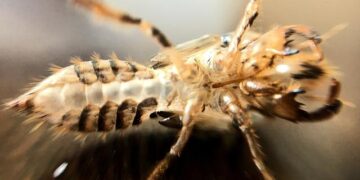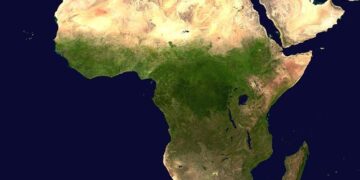Insights from the Field: Ecology of Black-Bellied Whistling Duck Movements and Survival
Understanding Black-Bellied Whistling Ducks
The Black-bellied Whistling Duck (Dendrocygna autumnalis) is a unique species observed predominantly in wetland habitats across North America. Given their distinctive whistling calls and striking black and white head coloration, these ducks have garnered attention not only due to their aesthetic appeal but also for their ecological significance.
Study Overview: Movement Patterns and Survival Rates
Recent research conducted by the United States Geological Survey has shed light on the movement ecology and survival rates of these fascinating birds. This comprehensive study aims to unravel the migratory behaviors, habitat preferences, and overall well-being of Black-bellied Whistling Ducks under varying environmental conditions.
Habitat Preferences
Black-bellied Whistling Ducks typically inhabit wetlands like marshes, rice fields, and ponds. These areas provide crucial resources for breeding, feeding, and resting during migration periods. Current statistics indicate that suitable wetland habitats are vanishing at an alarming rate; according to the National Audubon Society, wetland losses have exceeded 30% in some regions over recent decades.
Migration Strategies
Tracking efforts reveal that these ducks exhibit remarkable adaptability in their migratory routes. They often travel between southern U.S. states during winter months to warmer climates where food sources are plentiful. Advanced telemetry technologies enable researchers to map out intricate movement patterns that reflect how environmental changes influence flight pathways.
Survivor’s Guide: Threats Faced by the Species
Despite being resilient athletes in nature through impressive wingspans reaching over 25 inches when spread wide open during flight, Black-bellied Whistling Ducks face several threats endangering their populations:
- Habitat Loss: Wetland drainage for agriculture significantly affects available nesting sites.
- Climate Change: Increasing temperatures result in altered weather patterns affecting breeding cycles.
- Predation: Increased predatory pressures from both natural predators like raccoons as well as human-induced threats such as hunting impact survival rates negatively.
Conservation Efforts Moving Forward
Conservation initiatives have become vital for safeguarding this unique species’ future amidst growing challenges they encounter daily on migration routes or within breeding grounds. Organizations advocate for sustainable agricultural practices that prioritize wetland preservation while implementing policies supporting habitat restoration efforts.
Community Engagement
Local communities play an essential role in maintaining favorable conditions necessary for thriving populations of these ducks—educating individuals about responsible land management practices can contribute significantly towards conservation objectives lasting into future generations.
Conclusion: The Importance of Continued Research
Ongoing investigations into Black-bellied Whistling Duck movements enrich our understanding of this striking species’ ecological roles within broader ecosystems—they serve not merely as beautiful spectacles but pivotal components influencing aquatic environments’ health dynamics overall!
Through further research efforts supplemented by public involvement in conservation strategies could foster positive outcomes securing both current duck populations while enhancing ecological integrity regionally across North America!































